Faro was never really on my radar as a city break destination.
I think I’ve always assumed I’d hate it, because it’s part of the Algarve and the Algarve is a package holiday destination, right?
I pictured a city that had abandoned its Portuguese roots in favour of catering for Brits who still want a taste of home but with added sunshine.
In reality, the contrary is true.
Faro has a delightful historic centre that’s encircled by ancient city walls. There’s a fantastic gothic cathedral, some interesting museums, well-maintained parks and plazas, and charming cobbled streets with beautiful mosaic tile detail. Faro is also home to a great selection of both traditional and international restaurants, al fresco cafés, and cosy bars.
Admittedly, there are parts of the modern city that aren’t particularly well-kept and there’s a noticeable amount of graffiti around, but it doesn’t detract from the comfortable, relaxed vibe of a city that does, surprisingly, still feel very Portuguese.
One of the primary reasons for this is that the majority of tourists who visit the Algarve choose to base themselves somewhere along the stretch of coastline between Praia da Rocha and Vilamoura. Consequently, those who fly into Faro simply pass through the city on route to somewhere else. They rarely stay here.
But, having recently spent four nights in the city (a result of spotting cheap flights on Skyscanner at a time when I had a couple of flexi days to use at work), I definitely think it’s worthy of a three or four-day linger.
Here are a few of my suggestions for some of the best things to do in Faro, along with my shortlist of the best value Faro accommodation.
Some of the links in this post are affiliate links. All this means is that if you make a purchase through one of the links I have provided, I will earn a small commission as a result but the cost to you will remain exactly the same.
Things to Do in Faro
1 | Sé (also known as Faro’s cathedral)
Let’s start with the star of the Cidade Velha (Old City) – Faro’s 13th century cathedral. Originally constructed in 1251, the cathedral was unfortunately badly damaged in the 1755 earthquake and has since been rebuilt. What you see today is a mix of Renaissance, Gothic and baroque features.
The cathedral also houses the Museu Capitular (which, unfortunately, I didn’t have time to visit) and a small 18th century shrine that’s built of bones.
Don’t leave without climbing the tower (the steps are right by the entrance) for some spectacular views out towards the sea.
Good to know: If you’r visiting over a weekend, bear in mind that the cathedral closes at 1 p.m on Saturday and then doesn’t re-open until 10 a.m on Monday. Entry is €3.
2 | Largo de Sé
This is the attractive plaza in which the cathedral is housed and it was my favourite spot in all of Faro. It’s bordered on two sides by orange trees, whose fruits are harvested between November and March. As we were visiting towards the end of November, there were large, ripe, perfectly round and deliciously juicy-looking oranges everywhere!
The colours contrasted beautifully with the white-washed facades of the buildings behind them.
If you’re a photographer, Largo de Sé is also a lovely place to visit during blue hour (the 60 minutes or so just after sunset).
3 | Episcopal Palace
One thing I love about visiting Portugal (apart from eating all the pastéis de nata 😋) is being able to admire azulejos (those glazed, predominantly blue and white tiles you see all over the country) on a daily basis.
So, on a rainy day in Faro, when I spotted a museum dedicated to azulejos in the city’s Largo de Sé, of course I had to have a peek inside.
Officially opened to the public on 11 April 2019, Faro’s Episcopal Palace features a set of 18th century tiles which starts in the reception hall, extends up the staircase and continues in the three rooms on the first floor.
Good to know: Open Monday-Saturday 10:00-18:00 hours (but closes for lunch between 13:00-14:00 hours). Ticket price is €2.50
4 | Museu Municipal
Again, I made a rather spontaneous decision to wander in here when the weather outside turned miserable. I had no idea what to expect but I ended up absolutely loving the place!
Founded as an archeological museum in 1894, this converted 16th century convent features both permanent and temporary exhibitions. Among the permanent exhibitions are a range of artefacts from prehistoric Portugal to neoclassical times, including a large 3rd century Roman mosaic which was discovered near Faro’s Railway Station. However, it was one of the temporary exhibitions that fascinated and intrigued me the most.
On display inside one of the galleries on the upper floor was this fabulous exhibition of marionettes – ‘Ares de Mesa’ – by Jorge Cerqueira.
Unfortunately you will no longer be able to see Jorge Cerqueira’s work in Faro, because this particular exhibition finished 24 hours after I visited the museum, but you may be interested to know that his puppets are also represented in the Lisbon Puppet Museum.
The Municipal Museum in Faro also hosts regular fado (traditional song) performances – although unfortunately not over the weekend we were visiting.
Good to know: During the off-season the museum opens 10:00-18:00 hours Monday-Friday and 10:30-17:00 hours on Saturday and Sunday. During the summer months it stays open for an extra hour. Entry is €2.
5 | Arco da Vila
Although there are several gates through which you can enter Faro’s Old City, the neo-classical Arco da Vila gate is definitely the most striking of all. It was built in 1812 on the site of a much older medieval gateway, following the devastating earthquake of 1755.
6 | Comur – Conserveira de Portugal (canned fish store)
Ok, so you may be thinking that a canned fish store is a bit of an odd recommendation, but wait one moment. This is no ordinary canned fish store. Yes, it is indeed a store that only sells canned fish – albeit in 24 different varieties – but it is a thing of pure beauty, and would be better categorised as a museum or art gallery if it wasn’t for the fact that the pieces of art are actually for sale and do contain real fish.
We stumbled upon this place completely by accident early one evening, and were utterly mesmerised for the next 30 minutes.
Comur have been in business since 1942, and are now a well-established name in the canning industry worldwide. All production is performed by hand and their methods are based on many decades of expertise.
They have stores throughout Portugal, including a total of eight in Lisbon.
Good to know: Comur is open 10:00-20:00 hours Monday-Sunday.
7 | Igreja do Carmo and Capela dos Ossos (Chapel of Bones)
The Capela de Ossos (Chapel of Bones) can be found at the back of the Igreja do Carmo in Faro.
It’s a church that, conveniently, was located just around the corner from our hostel, but we only learned about the fact that there was a chapel of bones inside from a fellow blogger on Instagram.
Having a penchant for the quirky and unusual, I obviously planned a visit the very next day.
The practice of moving bones from a cemetery to an ossuary after around 7-10 years was actually commonplace in Catholic Europe until fairly recently. And these particular bones are the remains of 1245 monks who once served in the city.
It’s a creepy but equally fascinating place! ☠️
Good to know: The advertised opening hours are 10:00-13:00 hours and 15:00-17:30 hours Mon-Fri, but we turned up before 10 a.m and the doors were open. Saturday hours are 10:00-13:00 hours, and it’s closed on a Sunday.
8 | Parque Natural da Rio Formosa
It’s difficult to comprehend just how vast an area the Rio Formosa covers unless you’re viewing it from the sky or through the train window as you leave Faro in the direction of some of the other towns and cities along the Algarve.
Parque Natural da Rio Formosa is a huge 18,000 hectare coastal lagoon that encompasses marshlands, salt pans, creeks and dune islands.
It’s a paradise for bird watchers, but you might also be interested to know that the common chameleon (also known as the Mediterranean Chameleon) was introduced to southern Portugal around 60 years ago and can only be found here. The Portuguese Water Dog is also native to the Algarve, and you’ll find the largest population of seahorses in the world here in the Algarve’s Rio Formosa.
We hadn’t planned to explore the Rio Formosa – primarily because we didn’t think boats would be running during the winter months – but we did end up spontaneously doing so.
It appears that boats do still indeed run at the end of November, so we hopped on one of the last tours of the day just before sunset.
It turns out that we hadn’t chosen the best time of day tide-wise for bird spotting (we saw more bird life in Faro itself; the city is home to a colony of storks), but we did get some pretty nice sunset shots on the return journey.
9 | The water nymph sculpture
There are actually two sculptures down by the sea water in Faro’s marina: one is a whelk and the other is this one – a kind of water nymph with a shell-shaped head. Both were retrieved from a nearby council warehouse, where they’d been for the past 27 years.
Created by local artist, sculptor José Luís Costa, the pieces had been commissioned for an exhibition at the Museu de Arqueologia de Faro, back in 1987. However, after the exhibition ended they were never found permanent homes – until now.
The artist’s widow, Madeleine Blondel claims that the nymph should not be in contact with sea water or she will rust. However, at high tide she is almost completely submerged, with only her shell-shaped head appearing above the water.
Faro Restaurants and Bars
You really will be spoilt for choice in Faro, whether you want traditional Portuguese cuisine or something with a more international flavour. I always like to eat local food wherever I go though (unless there’s a highly-rated Thai restaurant to tempt me otherwise!), so my recommendations below serve primarily Portuguese dishes.
For the best pastel de nata in Faro: Demo Urban Bakery
I know, I know, it’s not possible to try enough pastéis de nata in four days to be able to give a fair assessment of who serves the best in Faro, but I gave it a good shot! And I’ve tried enough in my time to know a good one when I taste it.
The ones at Demo Urban Bakery are the perfect combination of flaky, crispy pastry on the outside and (not too sweet) deliciously creamy custard on the inside. I’m salivating just writing this!
Demo Urban Bakery also serve a selection of other pastries, sandwiches and baguettes to eat in or take away.
For the tastiest octopus in Faro: Portas de São Pedro
I actually booked a table at this restaurant purely to eat the octopus dish photographed in this article, and it did not disappoint. If you want to do the same, you’ll need to order ‘octopus with sweet potato’ under the ‘Fish Mains’ heading. At €16 it wasn’t cheap, but it was totally and utterly worth it!
Portas de São Pedro also serve a nice selection of Portuguese tapas dishes, such as garlic and coriander razor clams, homemade mackerel spread, octopus bean stew, and traditional codfish and chickpeas. There are plenty of meat dishes too (Stu loved the black pork so much he ordered it instead of a dessert) and a few vegetarian options.
For the best value cataplana in Faro: Chefe Branco
Cataplana is a traditional fish stew that originates from the Algarve. The name ‘cataplana’ actually refers to the steaming copper pots in which the dish is cooked and served, but over the years it’s come to mean the dish itself, too (a bit like a North African tagine).
It seems that it’s only possible to order a cataplana for two or more people, so I was quite pleased that Stu was also prepared to give this traditional dish a try – even though he’s not normally a fan of fish stew.
We chose Chefe Branco because it was touted as a real local establishment well off the tourist trail, it received good reviews online and the cataplana they served was a hell of a lot cheaper than every other restaurant menu we’d looked at in Faro’s Old Town.
Well aware that the dish took a while to cook, we ordered ourselves some local cheese and wine to enjoy while we waited. The cheese was a mix of cow and sheep milk, called ‘queijo saloio’ and was actually really tasty.
When our monkfish cataplana finally arrived, I couldn’t believe just how huge it was and how much fish and seafood was inside it. It wasn’t just monkfish; there was an entire haul of shrimps and mussels as well, along with potatoes and vegetables and some large chunks of fried bread. Suffice to say, we couldn’t finish it. But we definitely got our money’s worth.
For the greatest selection of tapas in Faro: 8 Tapas
When the initial tapas place we had bookmarked for dinner on our first night in Faro turned out to be closed, as luck would have it we stumbled upon this cosy little joint just around the corner. All the tables were taken inside, but it wasn’t a cold night so we sat outside.
The staff here at 8 Tapas are super friendly and happy to recommend dishes if you’re having trouble choosing. We definitely struggled to narrow our choices down, and swore we’d return another night to order the dishes that didn’t make the cut that night. However, we unfortunately chose to return on a Sunday – when they’re closed.
For some fresh, nourishing soul food in a relaxed atmosphere: Burgers and Bowls
We only ended up eating at Burgers and Bowls because our first choice nearby was closed, but I was actually really pleased with our second choice. Housed in a converted cellar right on the edge of Largo Pé da Cruz, Burgers and Bowls only serve, as their name suggests, burgers or bowls, but they’ve got such a varied and delicious choice.
I ordered the Alesund bowl, which contained fresh cod with almond and fig crust, mashed sweet potato and roasted vegetables and Stu ordered the Turim burger, and we both agreed that we’d definitely made the right choice.
Good to know: If you’re visiting Faro in winter, don’t always trust the opening times advertised on Google or even on the front door of the restaurants themselves. Many seem to open solely based on the potential for trade, and aren’t particularly keen to stick to set timetables during the off-season. We missed out on tapas at A Tasca do Joao because they were closed when we rocked up half an hour after their official opening time. However when we left Burgers and Bowls a couple of hours later, A Tasca do Joao was very much open and every single table inside was taken.
Faro Accommodation
I bookmarked a few places in Faro before finally deciding upon a private room at Hostellicious – a modern, friendly and laid-back hostel located right on Largo de São Pedro, and just steps from the famous Igreja do Carmo. We paid £120 for a private double for four nights (correct November 2019). That’s equivalent to £15 per person per night. If there are no rooms left on Booking, you can always head over to Expedia instead.
Other Faro accommodation options I bookmarked are as follows:
- HUB 1878 Faro Hostel. Modern, colourful hostel with a nice roof terrace. Dorms and private rooms available.
- Well’Come! to Algarve Hostel. Located right on the marina and close to both the bus and train stations. Dorms and private rooms available.
- Baixa Terrace Hostel by My Choice Algarve. Nice roof terrace and breakfast is included in the room rate. Dorms and private rooms available.
- Hostel Casa d’Alagoa. Housed in a lovely historical building with high ceilings. Dorms and private rooms available.
- Aqua Ria Boutique Hotel. If you’re not really a hostel girl (or guy), then this hotel is still affordable and just two minutes’ walk from the Old Town.
- Old Charming House Faro. If you fancy a more local experience, this one’s a homestay. Private bathrooms are available but you share a living area and kitchen.
Getting to Faro
We booked our flights to Faro via Skyscanner. We flew out of Liverpool airport and back into Birmingham. Having the flexibility to do this allowed us to score cheaper flights. We paid £39.65 each for our flights there and back.
Once you arrive into Faro’s airport, there are regular shuttle buses into the centre of Faro, just seven kilometres away. Services 14 and 16 – both run by the Próximo bus company – will get you into the city. The number 16 is the more frequent bus service, but as the airport is the mid-way stop between the centre of Faro and the beach (“Praia de Faro”), check the destination on the front of the bus before you jump on. The one-way ticket should cost you €2.35. Return tickets are unavailable on this route.
On your return journey back to the airport, the Tourist Information Office (next to the City Hall) will be able to help you with timetables. Buses leave from outside Faro’s main bus station. For convenience (because we had quite a bit on our agenda the morning before we had to head to the airport), we caught a taxi. It cost us a little under €10. Ensure that you agree the price beforehand or that the driver has switched the meter on.
Faro City Break Costs
The figures you see below are per person, but we were travelling as a couple so we were able to split accommodation costs.
Return flights to Faro from the UK = £39.65
Four nights accommodation in Faro = £60
Total cost for flights and Faro accommodation for four nights = £99.65
Obviously what you spend while you’re in the city depends entirely on what you do and where you choose to eat (and what you choose to eat). Our hostel did have its own kitchen so we could’ve cooked all our meals in-house, had we chosen to. However, as we’d scored such a bargain on the flights and accommodation, we decided to relax our budget a little.
We ate out for breakfast, grabbed a pastel de nata for lunch (well, I did; Stu didn’t like them (say whaaat??)) and then ate out again for dinner. We paid entry to a couple of museums, a church and the cathedral, bought a few Christmas presents and drank lots of coffee along the way. We also made day trips to Tavira and Silves. I did have a few euros (maybe around 20) on me from a previous trip when I flew out to Faro and I drew out another €120 there – all of which I spent.
Day Trips from Faro
There is a regular and reliable train service that runs between Lagos (to the west) and Vila Real de Santo Antonio (to the east), so it’s very easy to make day trips to any of the Algarve’s towns and cities along this route. We took trips to both Tavira and Silves.
Faro and the Algarve | Further Reading
- Lonely Planet Pocket Algarve guidebook. As a result of this being a pocket guidebook, it’s the perfect size to take with you on a long weekend trip, and when you’re travelling with hand luggage only.
- Lonely Planet Portuguese Phrasebook and Dictionary. We also took this with us on our trip because, whilst I can get by in Spanish, my Portuguese is abysmal.
- Algarve: 50 Car Tours, 50 Long and Short Walks. I don’t actually own a copy of this but I have a similar one by Sunflower Books on Paxos and it was invaluable in helping me to appreciate everything this beautiful little Greek island had to offer.
If you like this article, please share it on social media using the share buttons at the top of the post. And if you’d like to save it for reading later, why not pin to one of your Pinterest boards? Alternatively you can follow along on Facebook, Twitter, or Google+ or you can look me up on Instagram or Pinterest too!



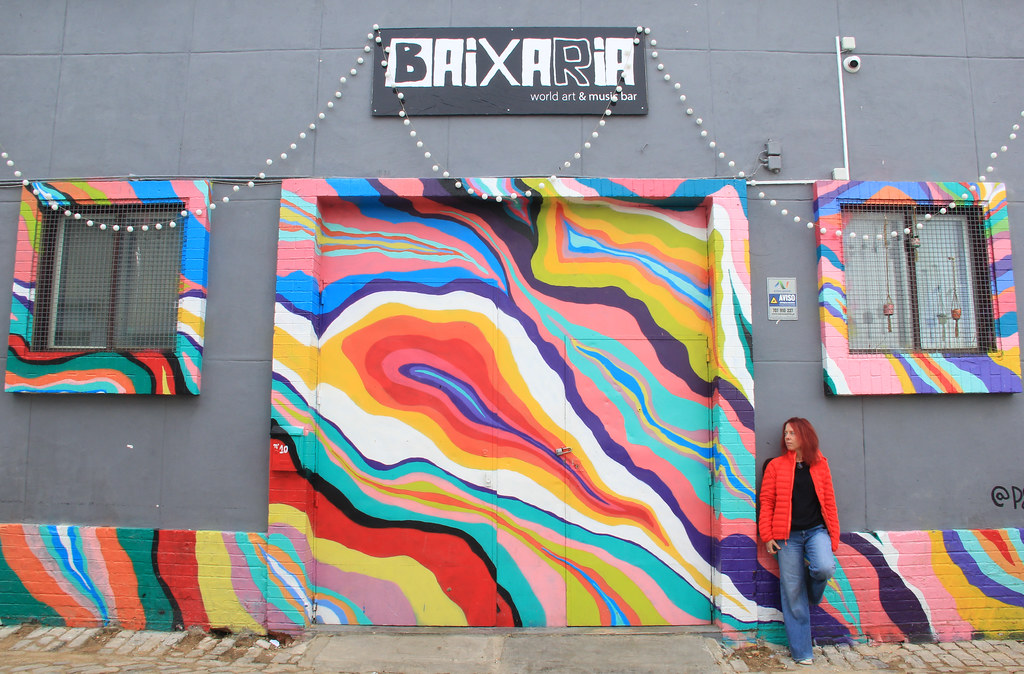



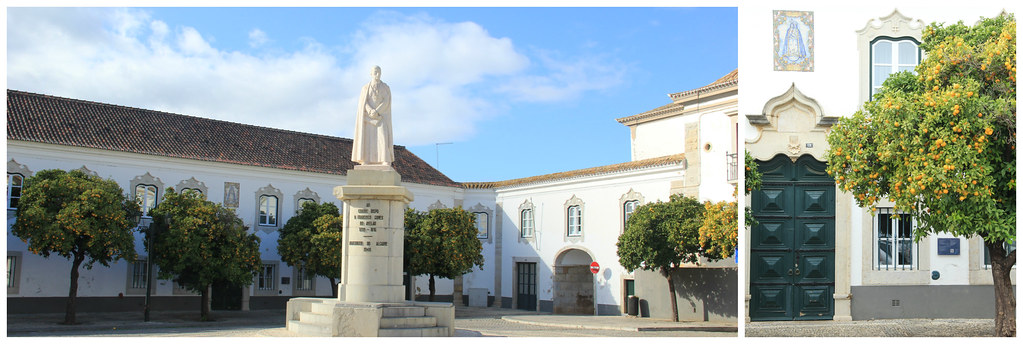

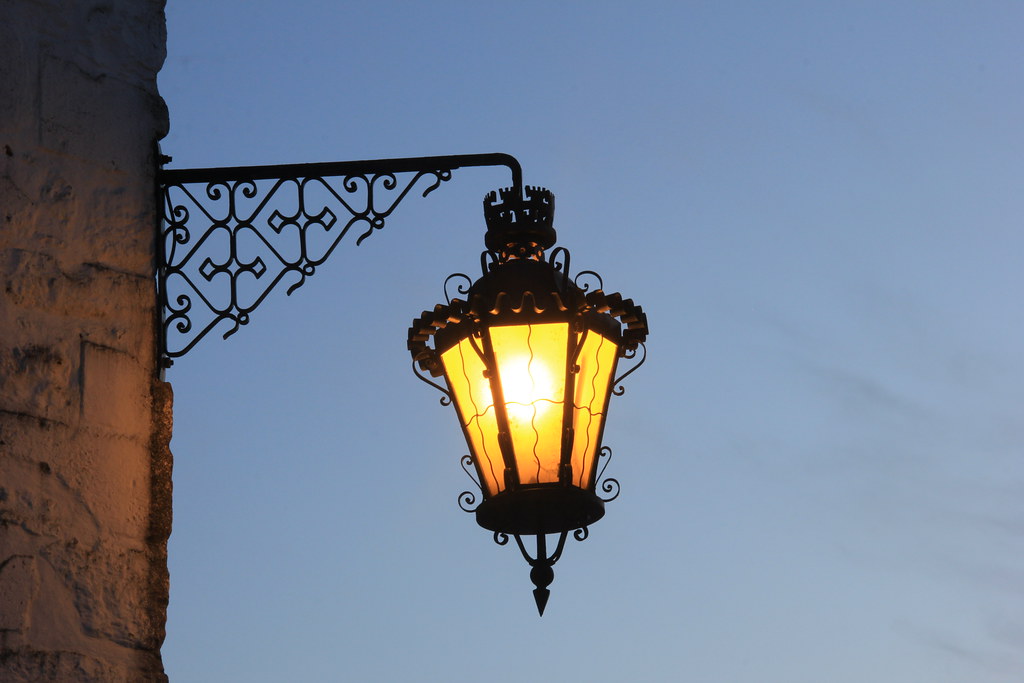


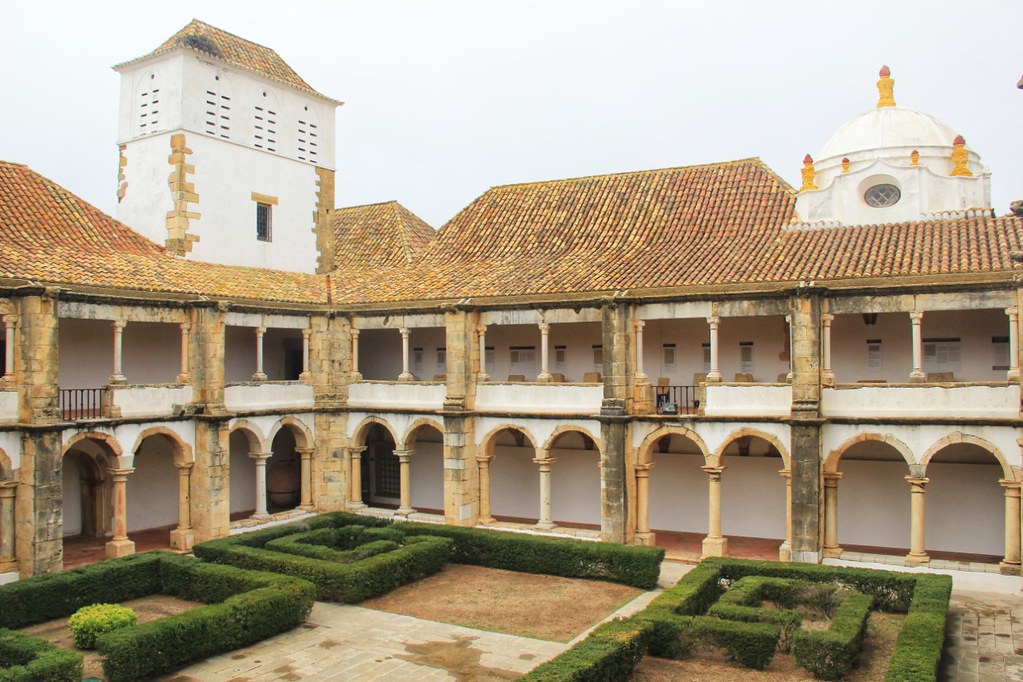




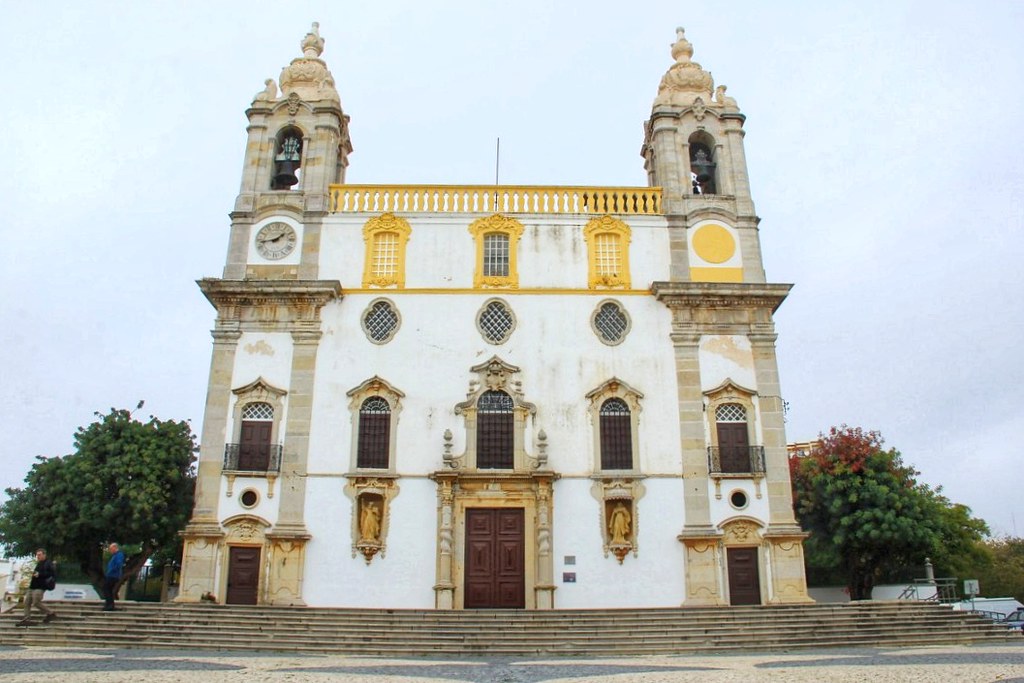
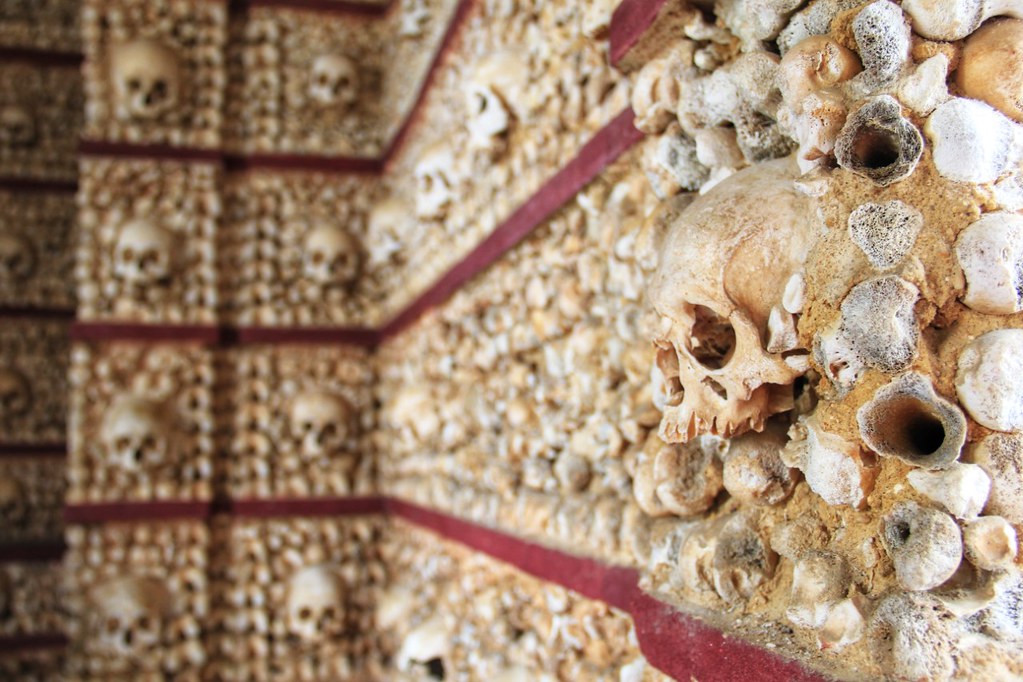
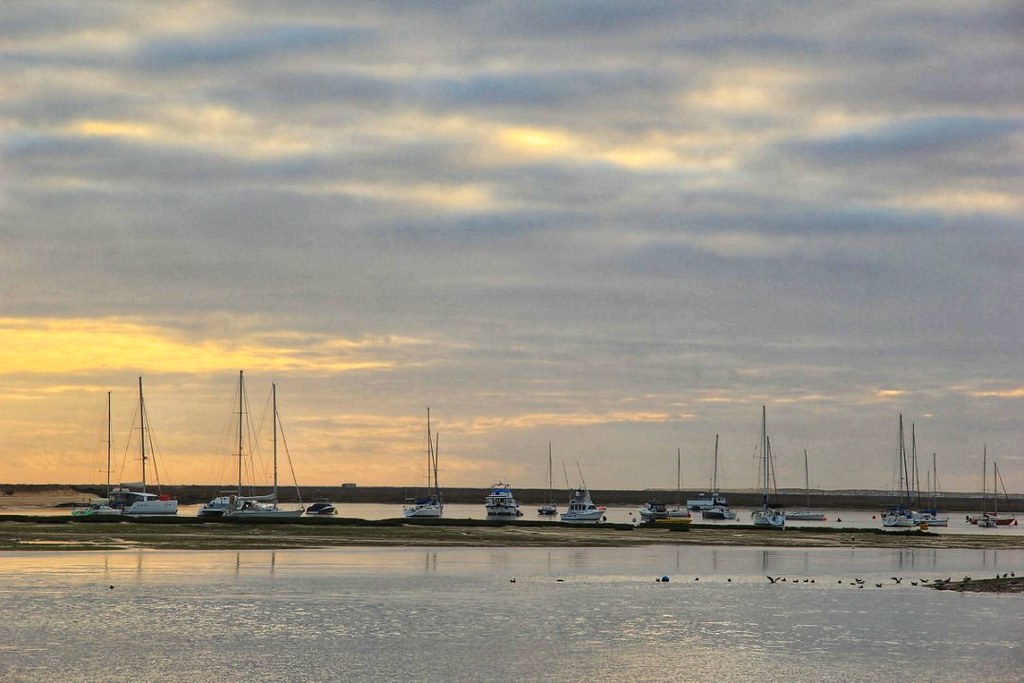


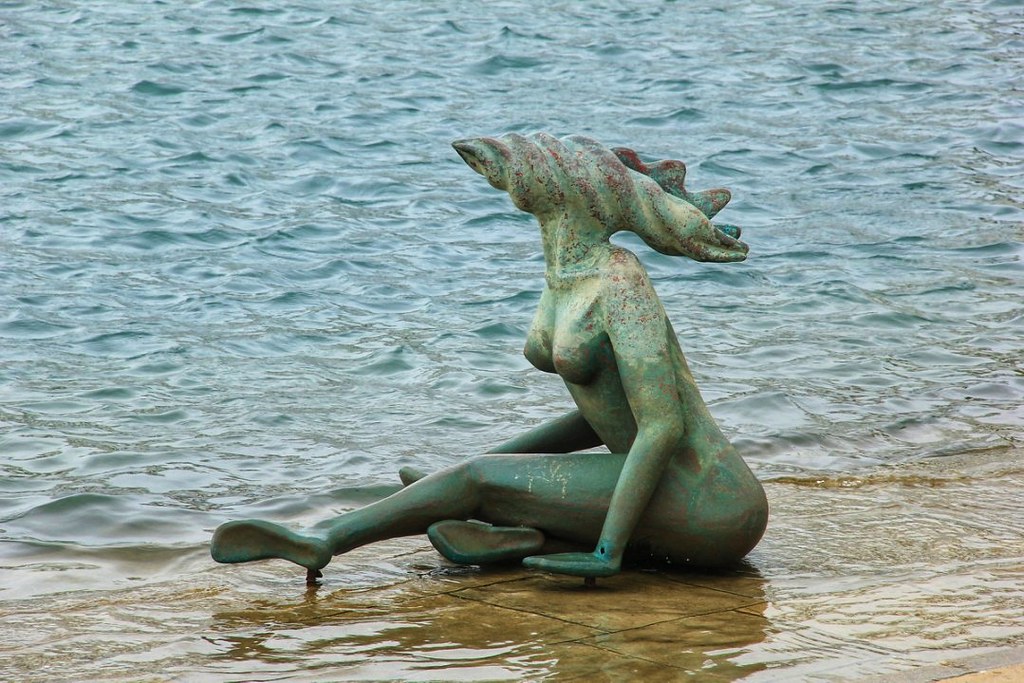
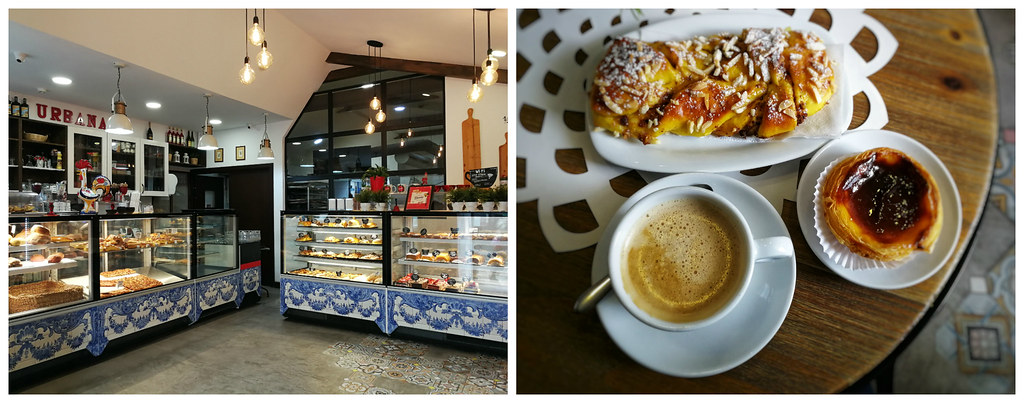
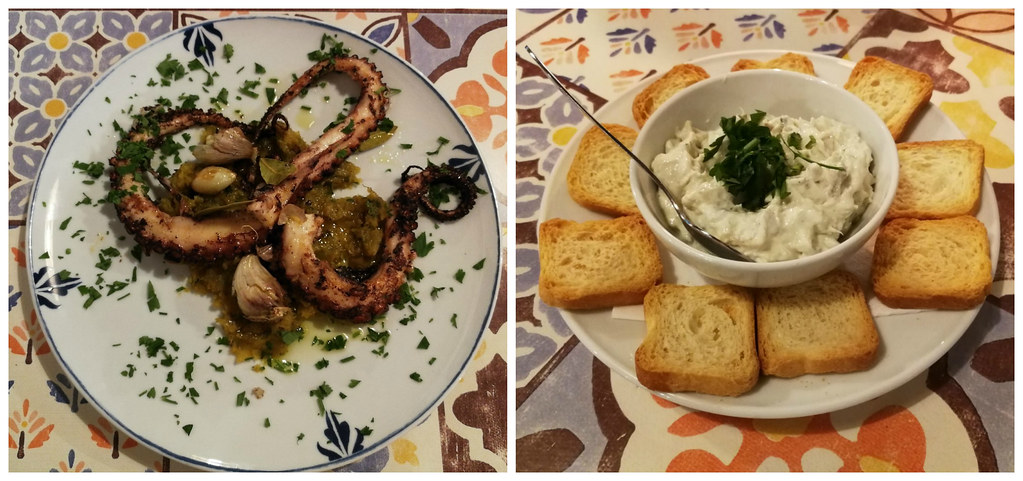
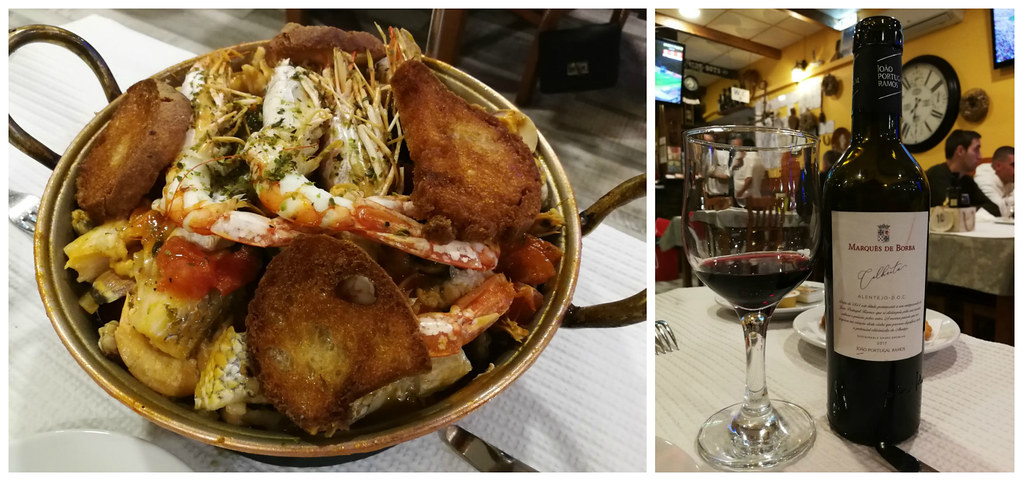



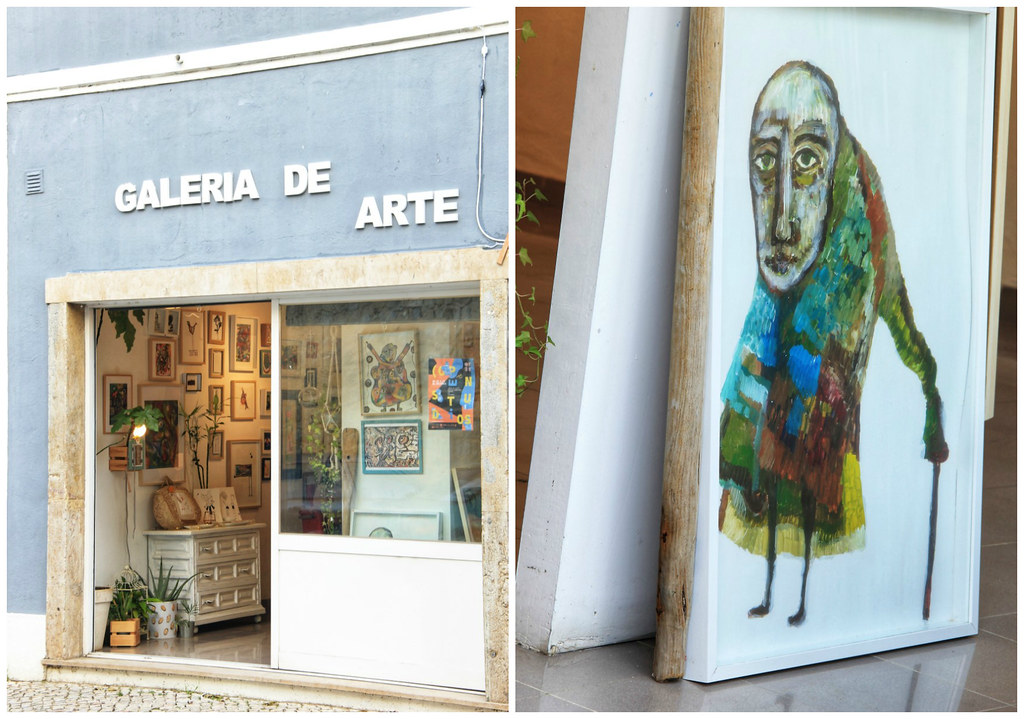
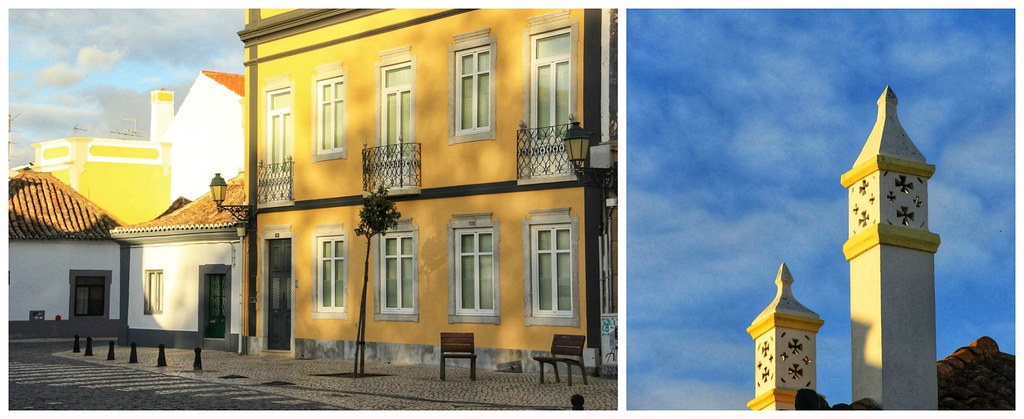






1 Comment
Thanks for another fantastic post!
Faro looks stunning……. and the Cathedral, wow.
Mel x